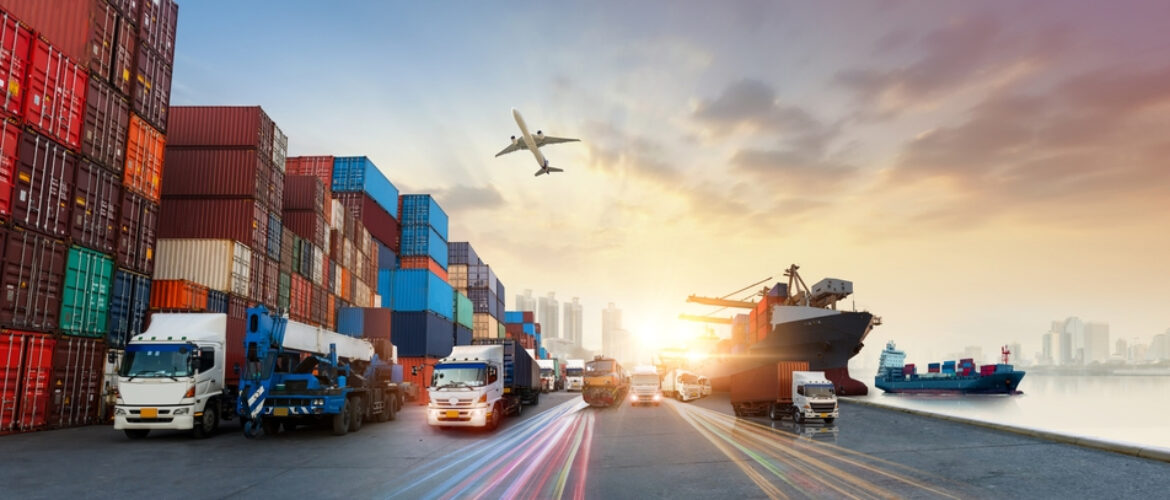Sea, Road, and Rail Transport: Which One is More Advantageous?
In today’s world, transportation stands out as one of the cornerstones of global trade. Businesses are striving to choose the most advantageous transportation method to optimize their logistics processes. Sea, road, and rail transportation are three main options, each with different advantages and disadvantages. So, which one is more advantageous? In this article, we will help you determine the most suitable option for you by comparing these transportation methods in terms of cost, speed, and security.
- Sea Transportation
Advantages:
✅ Low Cost: It is one of the most economical methods for transporting large volumes of goods. Container-based transportation significantly reduces costs in bulk transport.
✅ High Load Capacity: Sea freight has much greater load capacity compared to other methods. It is especially ideal for heavy and bulky goods.
✅ Environmentally Friendly: It is one of the most sustainable transportation methods in terms of carbon emissions.
Disadvantages:
❌ Low Speed: Sea transportation is one of the slowest transportation methods, especially for intercontinental shipments.
❌ Dependence on Weather and Natural Conditions: Storms, waves, and bad weather conditions can delay shipment times.
❌ Customs and Port Procedures: Unloading goods at ports and customs procedures can take time.
- Road Transportation
Advantages:
✅ Flexibility and Speed: It provides the most flexible logistics solution by offering door-to-door delivery. It is more advantageous in terms of speed compared to other methods.
✅ Ideal for Short Distances: It is the most commonly used method, especially for regional and national transportation.
✅ Fewer Processes and Bureaucracy: Customs procedures and additional procedures are simpler compared to other transportation methods.
Disadvantages:
❌ High Cost: Fuel prices and road fees can increase transportation costs.
❌ Traffic and Seasonal Conditions: Traffic congestion and bad weather conditions can extend shipment times.
❌ Environmental Impact: Road transportation has the highest environmental impact in terms of carbon emissions.
- Rail Transportation
Advantages:
✅ Economical and Safe: It offers the opportunity to transport large volumes of goods at an affordable cost. Also, the risk of accidents and damage is lower compared to other methods.
✅ Regular and Scheduled Shipments: Rail transportation is more planned and regular due to fixed routes and designated time slots.
✅ Environmentally Friendly: It is a more eco-friendly alternative compared to road transportation in terms of carbon emissions.
Disadvantages:
❌ Lack of Flexibility: Rail transportation is limited to specific routes and lines.
❌ Additional Logistics May Be Required: Often, additional road transportation may be needed for the goods to reach the final destination.
❌ Infrastructure Dependency: Railway systems and logistical infrastructure deficiencies can affect delivery times and routes.
Conclusion: Which Transportation Method is More Advantageous?
The best transportation method depends on the type of goods being transported, the distance, budget, and delivery time:
- If speed is important → Road transportation is the best option.
- If low cost is a priority → Sea transportation is ideal.
- If security and sustainability are prioritized → Rail transportation may be preferred.
If you’re looking for the most suitable logistics solution for your business, we, at Trego Logistics Services, offer the best transportation alternatives for you. You can contact us to determine the most suitable solution with our comprehensive logistics services.
🚛🚢🚆 Trego Logistics Services is with you for the right choice in your logistics solutions!

